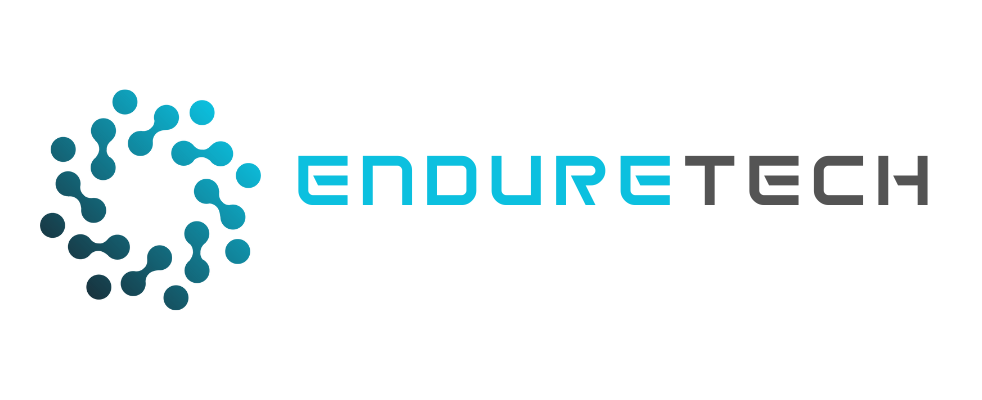Artificial Intelligence (AI) is revolutionizing industries by enabling businesses to optimize processes, enhance decision-making, and improve profitability. Leveraging AI’s potential effectively requires strategic integration and a clear understanding of its impact on productivity and ROI. This article explores real-world examples and strategies for maximizing ROI through AI integration, offering insights into automation and data-driven decision-making.
1. Identifying High-Impact Use Cases
To maximize ROI, businesses should first identify processes where AI can create the most value:
- Customer Experience (CX): AI-driven chatbots, like those used by e-commerce companies, provide 24/7 customer support, reducing operational costs while improving response time and satisfaction.
- Supply Chain Optimization: Companies like Amazon leverage AI for demand forecasting and inventory management, cutting costs and ensuring efficiency.
- Predictive Maintenance: Manufacturers employ AI to analyze machine data, reducing downtime and repair costs.
2. Conducting Opportunity Assessments
Effective AI integration starts with analyzing existing workflows and pain points. For example, repetitive tasks like data entry or invoice processing are ideal candidates for automation. Assessing data infrastructure is also crucial since AI thrives on high-quality, well-organized data.
3. Implementing AI-Driven Automation
Automation can transform business processes:
- Robotic Process Automation (RPA): AI-powered bots handle repetitive tasks such as payroll processing or claims management, freeing employees to focus on high-value activities.
- Generative AI: AI tools like ChatGPT help create content or respond to customer inquiries, reducing labor costs.
Real-World Example: The financial services industry has seen AI reduce fraud detection time by analyzing vast datasets for anomalies. PayPal uses AI algorithms to enhance transaction security, saving millions in potential losses.
4. Building a Phased Roadmap
A structured roadmap ensures successful AI implementation:
- Start Small: Launch pilot projects to test feasibility and value.
- Prioritize Quick Wins: Focus on high-ROI applications like AI-driven marketing analytics.
- Scale Gradually: Expand capabilities based on learnings and results.
5. Measuring ROI
Quantifying the impact of AI investments is critical:
- Efficiency Gains: Automation reduces task completion times, increasing throughput.
- Cost Savings: Fewer errors and optimized resource utilization lower expenses.
- Revenue Growth: Enhanced customer insights lead to better-targeted marketing, driving sales.
Case Study: Healthcare providers using AI for diagnostic support saw improved accuracy and faster patient diagnoses. This not only saved costs but also improved patient outcomes, indirectly boosting brand loyalty.
6. Leveraging AI for Competitive Advantage
AI enables businesses to stay ahead by uncovering trends and making proactive decisions. Retailers using AI for personalized recommendations report higher customer engagement and retention.
7. Addressing Challenges
AI integration is not without challenges:
- Data Quality: Poor data can hinder AI performance. Establishing robust data governance is crucial.
- Skill Gaps: Training employees to adapt to AI tools ensures smoother transitions.
Conclusion
AI’s potential to boost productivity and profitability is undeniable, but achieving measurable ROI requires a strategic approach. By identifying high-impact use cases, implementing phased integration, and continuously measuring outcomes, businesses can fully leverage AI’s capabilities. From customer service to predictive analytics, AI transforms industries, proving itself a cornerstone of modern business success.


No responses yet